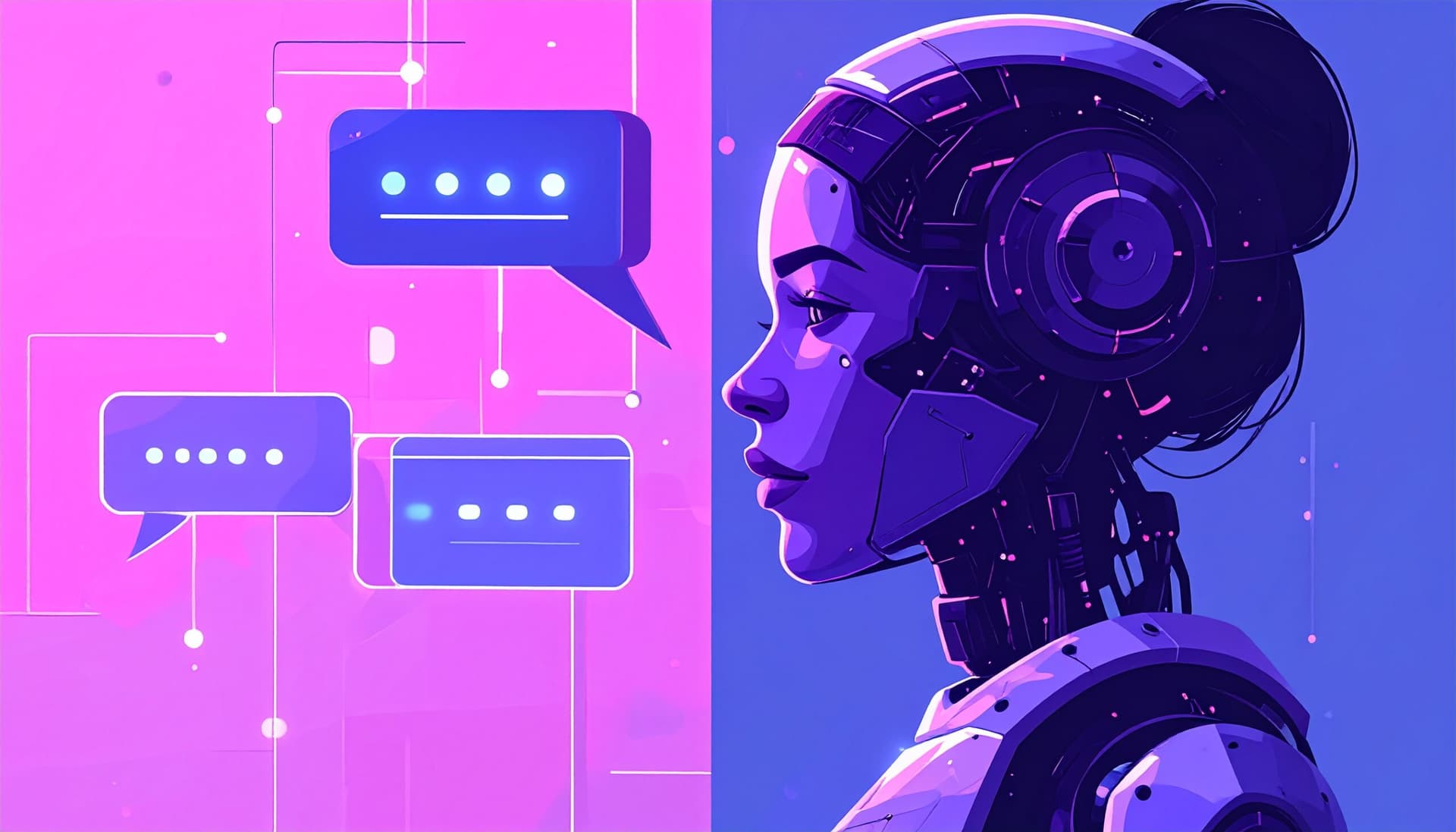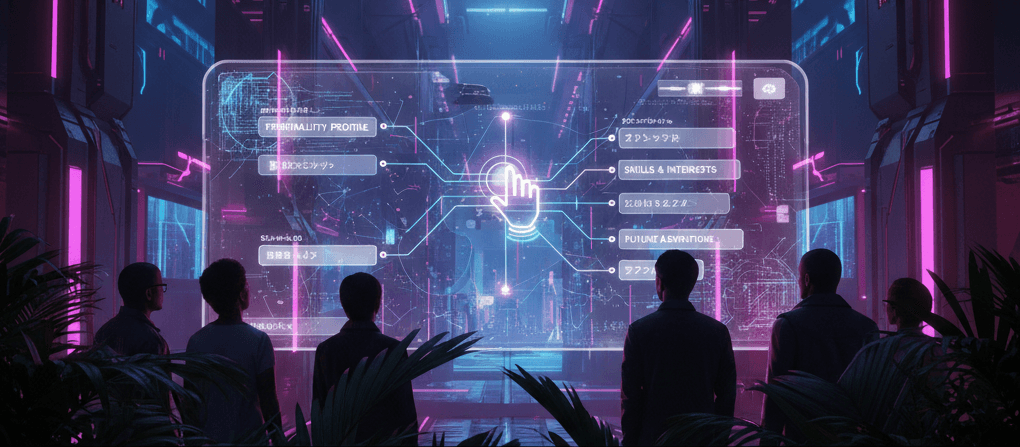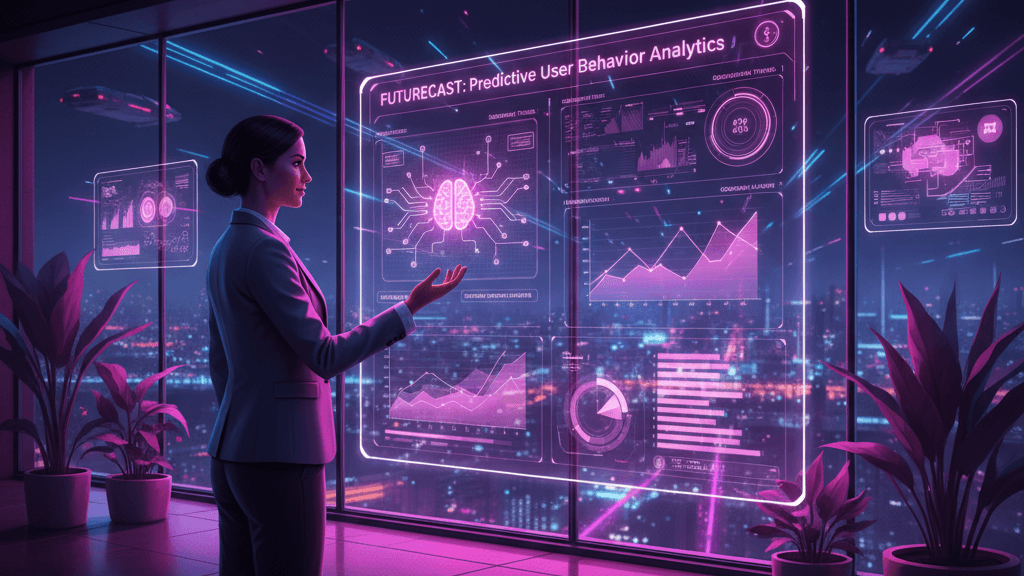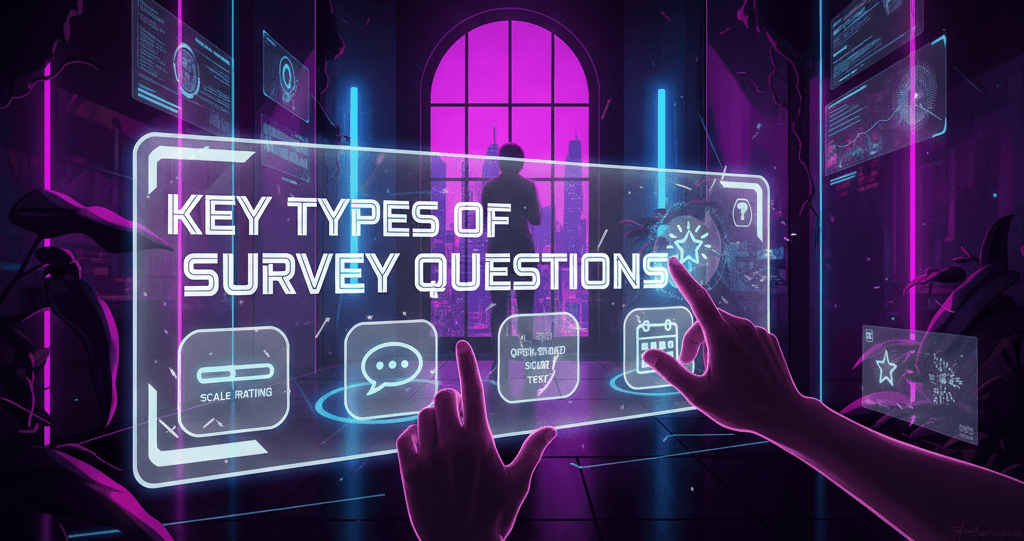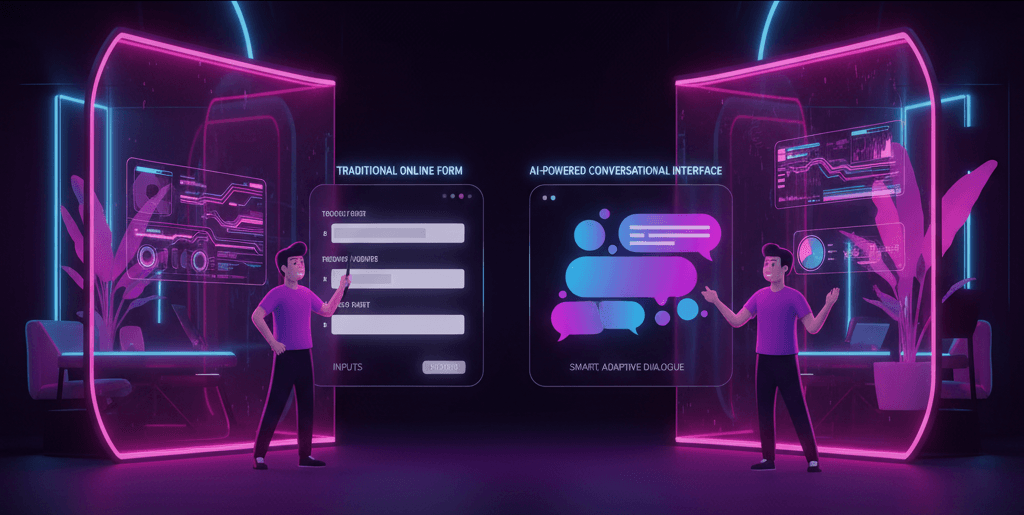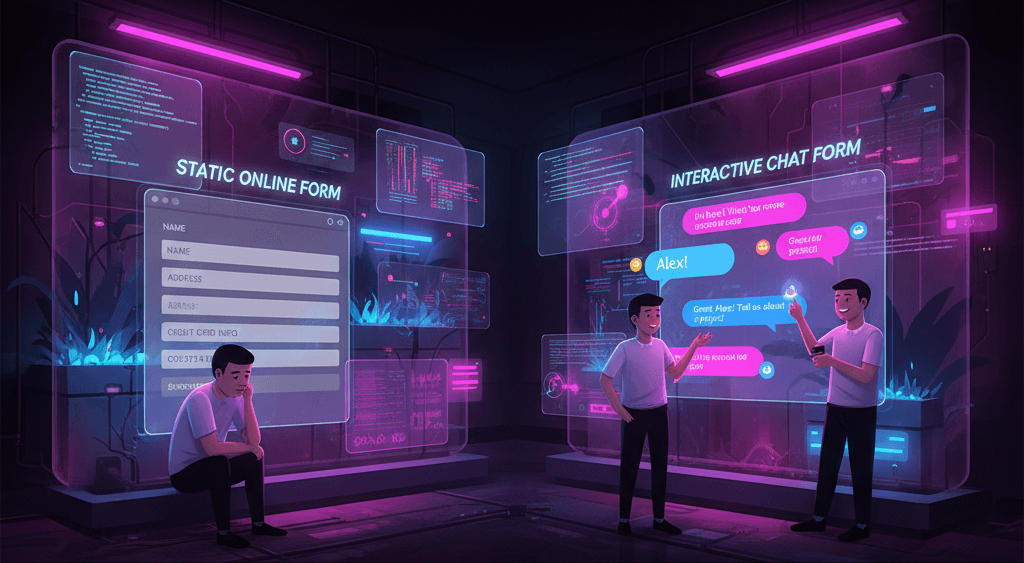AI-powered customer service has evolved rapidly over the past few decades. What began as simple keyword-based programs has now developed into intelligent, autonomous agents that can manage complex interactions, perform backend tasks, and continuously improve through feedback.
For SaaS businesses and customer support leaders, this transition is not just a technical upgrade; it’s a fundamental shift in how support is delivered, scaled, and measured.
This guide explores the journey from rule-based chatbots to fully autonomous agents.
We’ll look at the technologies that enabled this evolution, how businesses can extract ROI, what integration and ethical considerations to keep in mind, and how to prepare for a future where support agents aren’t just reactive helpers, but proactive business enablers.
Evolution Timeline: Chatbots to Autonomous Agents
Pre-Chatbot Era (1960s–1990s)
The early days of AI in customer service can be traced back to the development of ELIZA in the 1960s. ELIZA was a rule-based program that simulated conversation using pre-written scripts and pattern matching. Though limited, it laid the foundation for the idea that machines could one day hold a dialogue with humans.
In the 1980s and 1990s, Interactive Voice Response (IVR) systems began automating parts of the customer support journey. IVRs used touch-tone keypads to navigate menus and route users to the appropriate department, reducing reliance on human operators.
Rule-Based Bots & Early NLP (1990s–2010s)
As the internet became mainstream, rule-based chatbots emerged to handle repetitive tasks on websites, such as answering FAQs. These bots followed decision trees and relied on hardcoded logic, which limited their usefulness to very narrow scenarios.
Natural Language Processing (NLP) technologies started to improve, but they were mostly rudimentary, relying on keyword spotting rather than true understanding.
Cloud-Based & Machine Learning Enhancements (2010s)
The proliferation of cloud computing and the availability of big data in the 2010s fueled a new wave of AI capabilities.
Platforms like IBM Watson and Google Dialogflow allowed businesses to train machine learning models that could understand user intent, extract entities, and respond more naturally. Bots could now integrate with CRM systems and learn from past interactions to offer personalized support.
Generative AI & LLM Revolution (2020s)
The launch of large language models (LLMs) like OpenAI’s GPT-3 and GPT-4 dramatically shifted the capabilities of AI in customer service.
These models could understand nuanced queries, generate coherent and human-like responses, summarize support tickets, and even detect sentiment. SaaS companies began deploying AI copilots to assist human agents by drafting replies and suggesting actions.
Agentic & Autonomous Systems (2024–25)
The most recent evolution has been the rise of autonomous support agents capable of handling entire workflows end-to-end. These systems don’t just respond to queries, they execute tasks like issuing refunds, resetting passwords, updating records, and more by interfacing with backend systems via APIs.
Powered by agent frameworks and advanced orchestration, these agents make decisions, retain context across sessions, and adjust responses based on customer sentiment and past behavior.
Defining the Difference: Chatbots vs. AI Agents
Traditional rule-based chatbots are limited by static logic and cannot adapt to customer needs beyond their programmed scripts.
They cannot remember previous conversations, take meaningful actions beyond offering basic information, or learn from user interactions. In contrast, conversational AI added basic contextual memory and slightly more natural dialogue through NLP techniques.
Today’s AI agents have persistent memory, can fetch information from various systems, perform actions on behalf of the user, and even update themselves based on interaction data.
Rather than recommending how to reset a password, an agentic AI can complete the reset workflow, confirm identity, and follow up afterward. This level of functionality transforms AI from a support accessory into a core operational driver.
Why It Matters: Business & Customer Gains
Deploying advanced AI agents has far-reaching implications. Businesses can reduce support costs by up to 30% and improve first-contact resolution rates significantly.
AI agents also offer 24/7 availability, multilingual support, and consistent brand tone.
From the customer’s perspective, these agents deliver instant, personalized service and reduce frustration.
Strategic gains include freeing human agents to focus on complex issues and using AI to collect product feedback at scale. When implemented well, AI becomes a driver of customer retention and growth.
Technical Integration & Hybrid Architecture
Modern AI agents rely on an ecosystem that includes large language models, context-aware data pipelines, and orchestration layers that connect to CRMs, knowledge bases, and internal tools.
To ensure reliability, companies must define clear boundaries for escalation and maintain a feedback loop for model updates.
The most effective architecture blends automation with human oversight. AI handles routine and moderately complex issues, while human agents manage sensitive or unresolved cases.
This hybrid model provides a seamless experience and reduces error risks.
Governance, Trust & Ethical Considerations
As AI takes on more responsibility, trust becomes critical. Hallucinated responses, privacy breaches, or biased outputs can damage customer relationships. Organizations must adopt strong data governance, use explainability tools, and ensure every interaction is logged and auditable.
It’s also essential to inform users when they’re interacting with AI and give them the option to speak to a human. Clear policies, ongoing audits, and ethical oversight should be part of every deployment strategy.
Adoption Roadmap & AI-Readiness Self-Audit
Successful AI adoption begins with understanding your current maturity level.
Start with a readiness audit: Is your data structured? Are APIs in place? Do agents have workflows you can automate? Then, define your roadmap, beginning with FAQ automation, followed by task automation, and eventually, end-to-end autonomous support.
Phased rollouts and continuous optimization are key to sustainable adoption. Organizations must also invest in change management, agent training, and cross-functional collaboration to succeed.
Vendor Landscape & Benchmarking
Choosing the right vendor depends on your goals, tech stack, and support volume. Tools like Salesforce and Zendesk offer full-stack AI solutions with CRM integration. Others, like Amelia and Kore.ai, focus on cognitive capabilities and multimodal interfaces.
Evaluate vendors based on interoperability, training data control, pricing models, and roadmap alignment. Prioritize modular tools that allow customization and scalability without vendor lock-in.
Future Trends & Emerging Markets
The future of AI support lies in multimodal and multilingual agents that work across text, voice, and visual channels. Innovations in speech recognition, image processing, and local language models will open up new possibilities for inclusive, accessible support, especially in fast-growing markets like India and Latin America.
Beyond support, AI agents will begin participating in customer success functions, like onboarding, renewals, and upselling, transforming them from problem solvers to value enablers.
Actionable Takeaways for Support Leaders
- Start with one use case, like handling FAQs or triage automation.
- Choose tools that integrate with your current stack and offer transparent training workflows.
- Create KPIs: deflection rate, CSAT, resolution time, and handoff quality.
- Prepare your team, invest in training, and cultural readiness for human-AI collaboration.
- Refine the system continuously through feedback and data loops.
Conclusion
The journey from chatbots to agentic AI represents a paradigm shift in customer service. For SaaS businesses, the opportunity is immense: reduce operational costs, deliver 24/7 intelligent support, and empower agents to focus on what humans do best.
Companies that act early will gain a lasting competitive advantage, turning support from a cost center into a growth engine.
